While the iconic dreadlocks hairstyle is commonly associated with Rastafarian culture in Jamaica, the reality is far more nuanced. A staggering 90% of individuals sporting dreadlocks and identifying as Rastafarians may not truly adhere to the tenets of this spiritual movement. The mystical allure, the ability to consume ganja under religious pretexts, and the potential economic benefits have transformed dreadlocks into a fashionable trend. Countless Jamaican men have donned the hairstyle and embraced the Rastafarian label without genuinely embodying its principles.
The “rent-a-dread” stereotype, regrettably, holds true in numerous instances. For many, Rastafari represents an escape from poverty or a gateway to migration opportunities, rather than a sincere spiritual calling. This superficial adoption has led to a widespread misconception that equates dreadlocks with Rastafarianism, overlooking the profound beliefs and values at the core of this movement. True Rastafarians are characterized by their unwavering commitment to peace, kindness, Afrocentricity, and a rejection of schemes driven by monetary gain.
Ancient Origins: Tracing Dreadlocks Across Continents
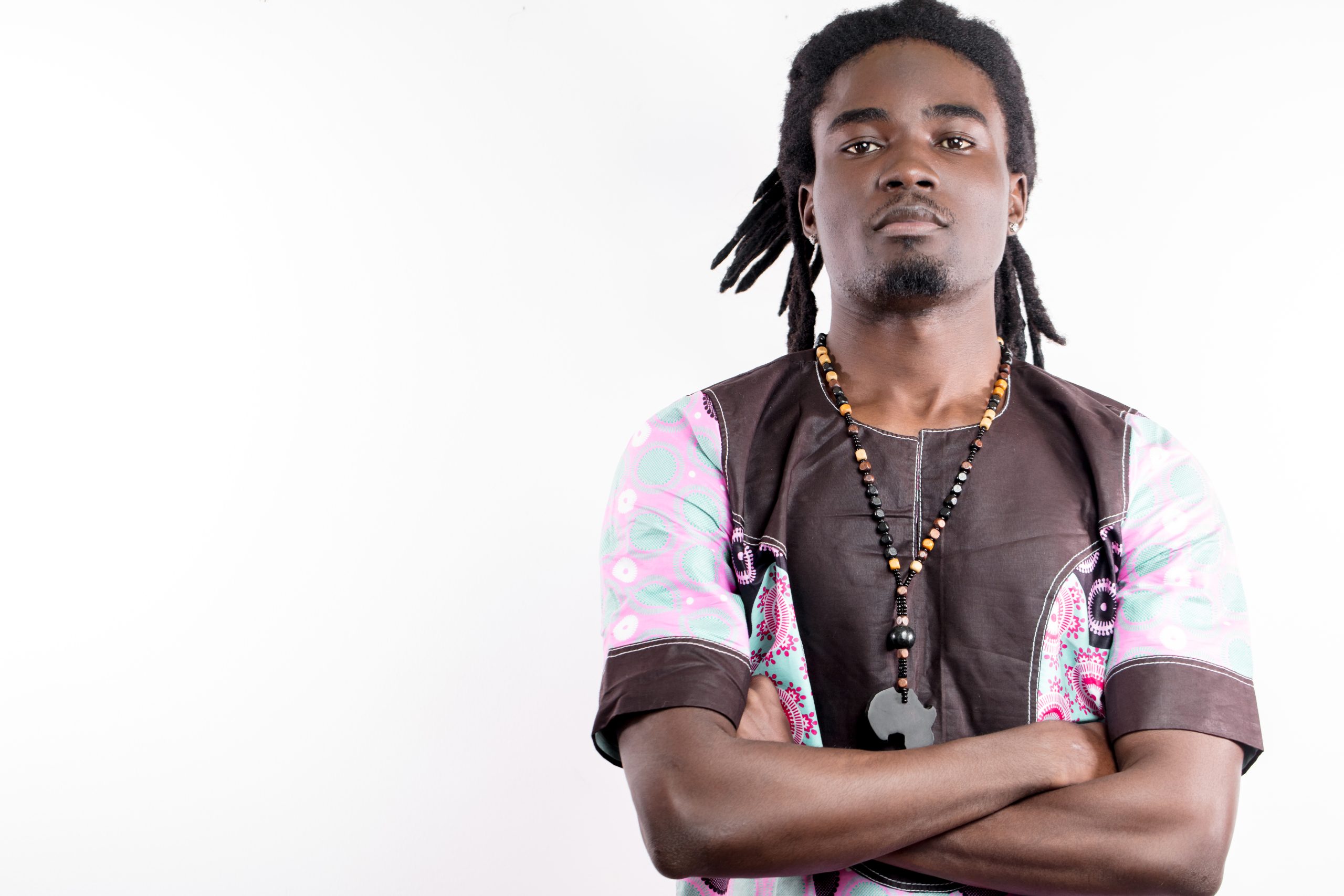
Contrary to popular belief, dreadlocks are not an exclusively Jamaican or Rastafarian phenomenon. This iconic hairstyle has a rich, global history, with roots that can be traced back to various ancient civilizations across continents. Regardless of race or ethnicity, dreadlocks have held spiritual significance for numerous cultures throughout human history.
The earliest known connection to dreadlocks can be attributed to the Maasai tribesmen of Kenya. These formidable warriors adorned their heads with this distinctive hairstyle, sometimes dyeing their locks a vibrant red hue using root extracts. Ancient Egyptian tomb carvings depict individuals sporting dreadlocks, while the Vedas, Hinduism’s oldest scriptures dating back to 2500 BCE, portray the revered deity Shiva with intricately woven locks.
Dreadlocks in Jamaica: A Symbol of Defiance and Identity
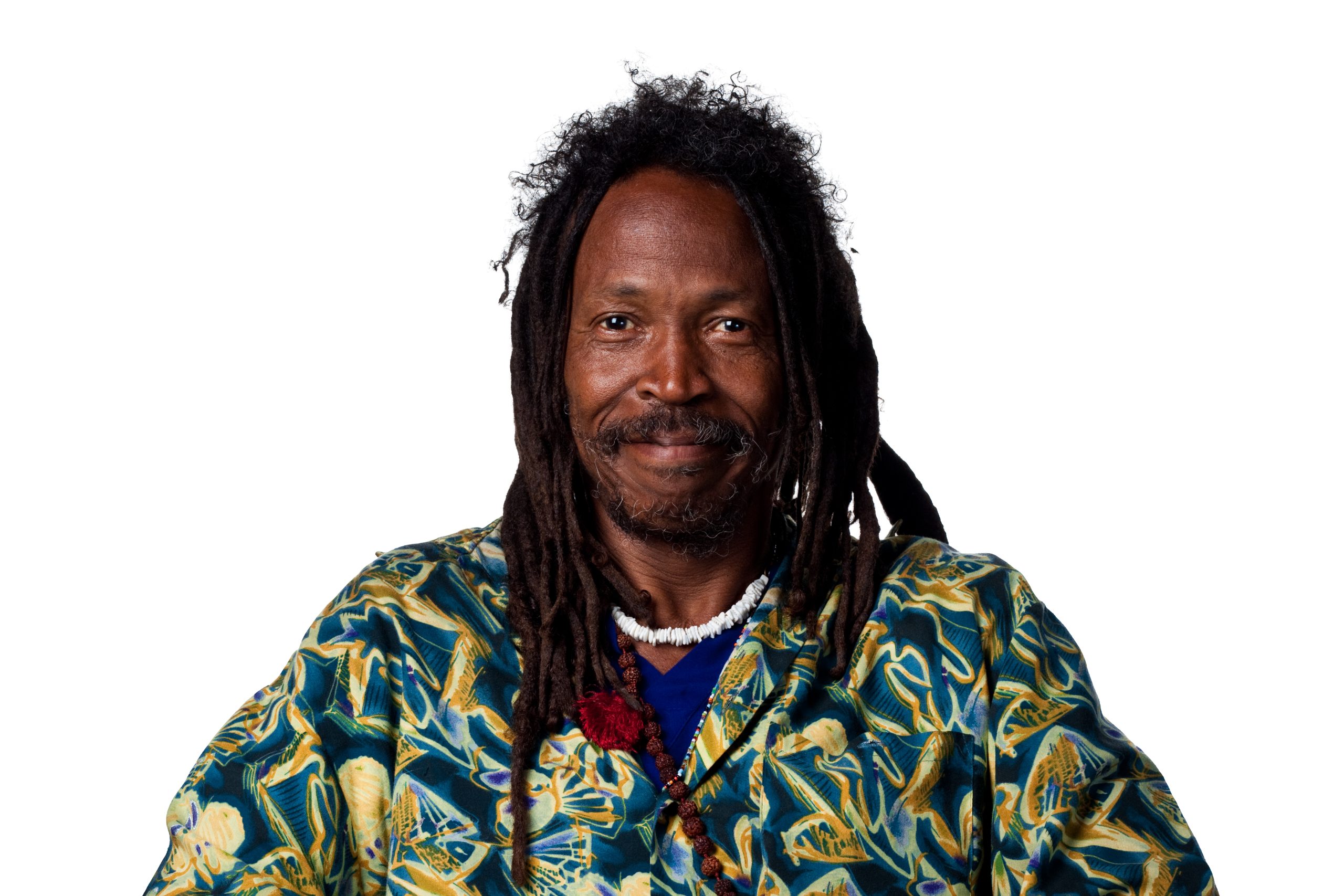
The dreadlocks hairstyle first gained prominence in Jamaica during the post-emancipation era, emerging as a powerful symbol of defiance and self-expression for former slaves. This hairstyle served as a means of rebelling against the Eurocentric ideals that had been forcibly imposed upon them, reclaiming their African heritage and identity.
Initially, the Eurocentric Jamaican society referred to this hairstyle as “dreadful,” a derogatory term that later evolved into the now-embraced moniker “dreadlocks.” Jamaicans also coined the term “Natty Dreadlock,” further solidifying the cultural significance of this hairstyle.
The Nazarite Vow: Dreadlocks and Rastafarian Beliefs
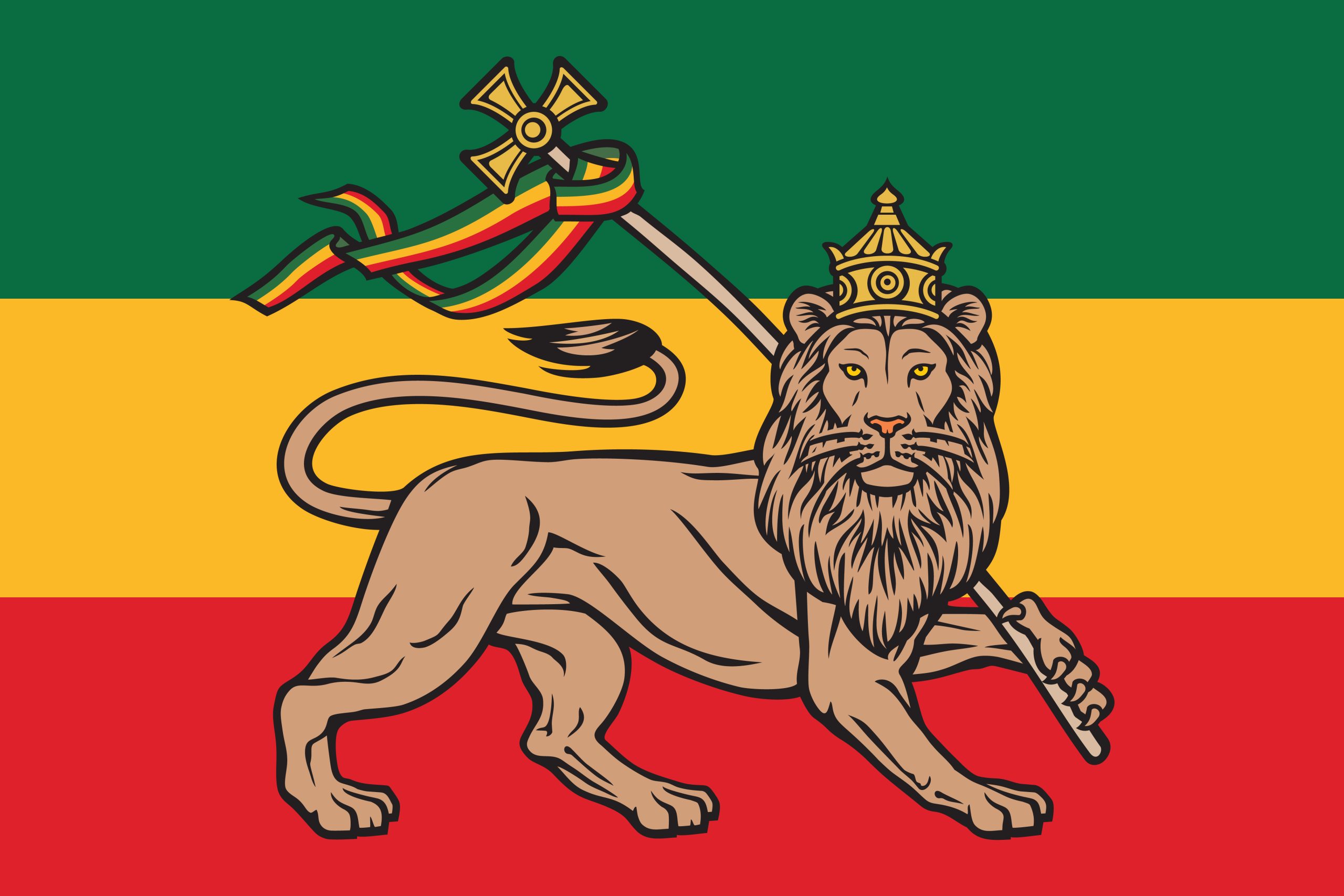 For Rastafarians, the decision to grow dreadlocks is deeply rooted in their spiritual beliefs and adherence to the Nazarite Vow. This biblical covenant, outlined in the Book of Leviticus, prohibits the cutting of hair, as well as the shaving of beards or making incisions in the flesh. Rastafarians interpret this vow as a divine command, drawing parallels with the biblical figure Samson, whose strength was believed to reside in his uncut hair.
For Rastafarians, the decision to grow dreadlocks is deeply rooted in their spiritual beliefs and adherence to the Nazarite Vow. This biblical covenant, outlined in the Book of Leviticus, prohibits the cutting of hair, as well as the shaving of beards or making incisions in the flesh. Rastafarians interpret this vow as a divine command, drawing parallels with the biblical figure Samson, whose strength was believed to reside in his uncut hair.
Many Rastafarians hold the conviction that, akin to Samson, their hair represents both their strength and their vulnerability. If their dreadlocks were to be forcibly cut, they would be stripped of their power and essence. This belief was exploited as a means of intimidation against Rastafarians in Jamaica’s past, where they would be arrested, and their hair forcibly shorn, a traumatic experience that compelled many early Rastafarians to seek refuge in isolated areas, or “the bush,” of the island.
The Lion of Judah: Dreadlocks and Symbolic Significance
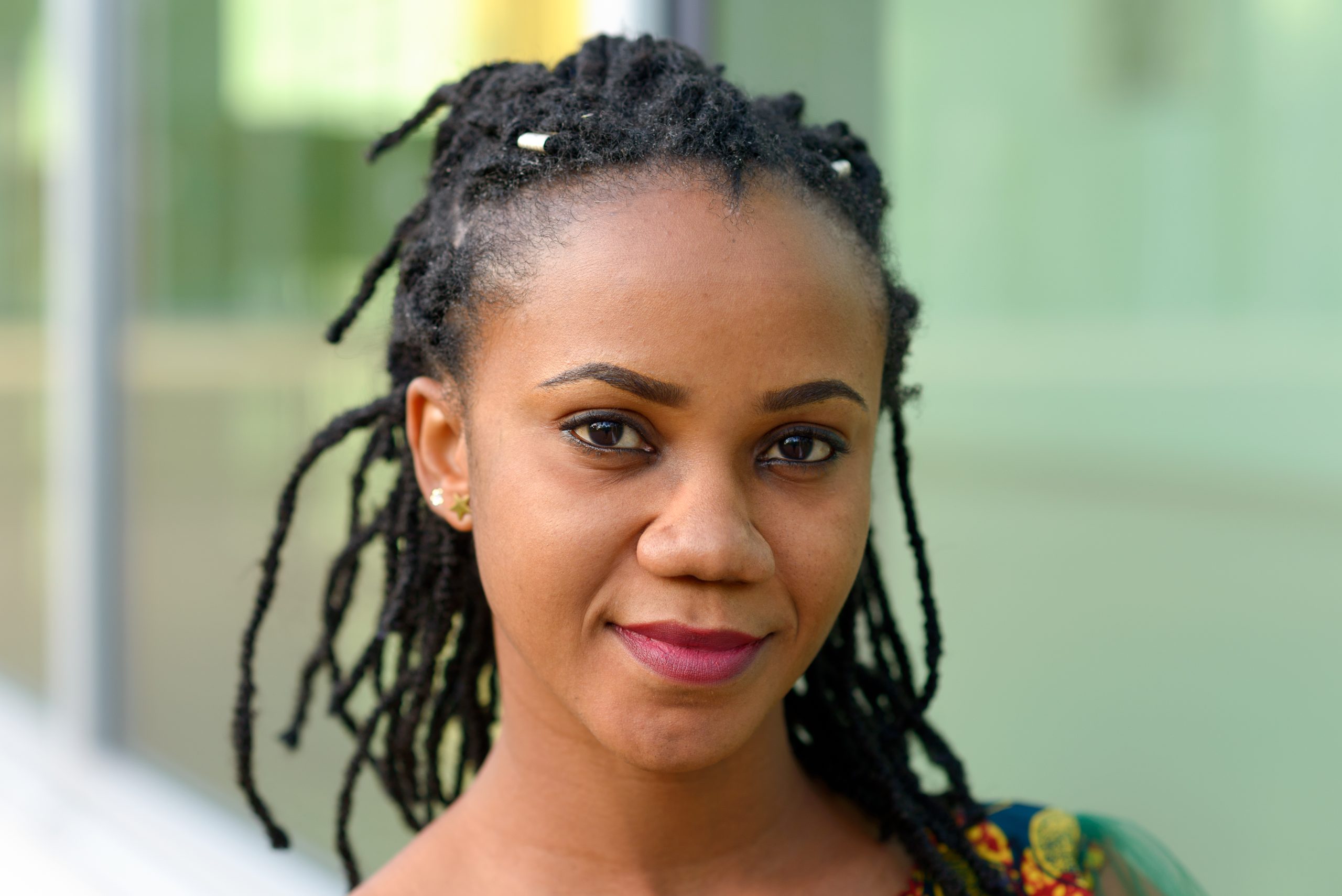
For numerous Rastafarians, dreadlocks hold a profound symbolic significance that extends beyond the Nazarite Vow. They perceive their locks as a representation of the mane of the Lion of Judah, one of the revered titles bestowed upon the Ethiopian kings. Emperor Haile Selassie, a central figure in Rastafarian beliefs, was known for his affinity for lions, keeping them as regal companions within the palace grounds.
The lion, a majestic and powerful creature, serves as an embodiment of the duality that Rastafarians associate with their dreadlocks. While gentle and peaceful by nature, the lion can unleash formidable strength when provoked, much like the spiritual fortitude and resilience represented by the uncut locks.
The Origins of Rastafarianism: A Spiritual Awakening
To truly comprehend the significance of dreadlocks in Jamaican culture, it is essential to delve into the origins and beliefs of the Rastafarian movement itself. Rastafari, also known as Rastafarianism, is an Abrahamic religion that emerged in Jamaica during the 1930s, simultaneously classified as a new religious movement and a social movement by scholars.
Unlike traditional religions with a centralized authority, Rastafarianism is decentralized, with a diverse array of practitioners known as Rastafari, Rastafarians, or Rastas. Their beliefs are rooted in a specific interpretation of the Bible, centered around a monotheistic belief in a single God, referred to as Jah, who is believed to partially reside within each individual.
Rastafarians also maintain that Jah incarnated in human form as Jesus Christ, while according Haile Selassie, the former Emperor of Ethiopia from 1930 to 1974, a pivotal role. Many Rastafarians regard Selassie as the Second Coming of Christ and, consequently, Jah incarnate, while others view him as a human prophet who recognized the inherent divinity within every individual.
Dreadlocks in the Modern Era: Transcending Cultural Boundaries
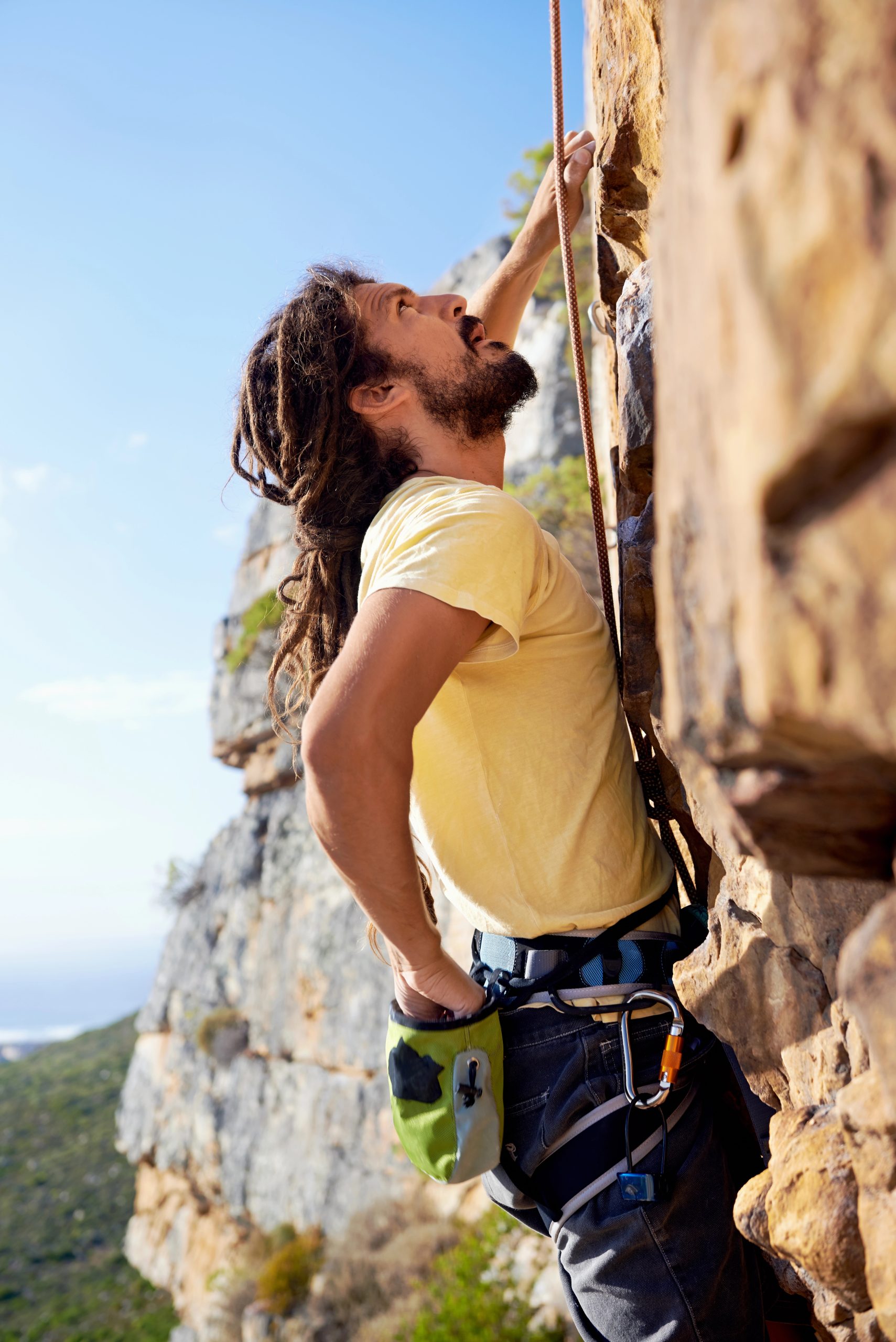 While dreadlocks remain deeply rooted in Rastafarian culture and spirituality, the hairstyle has transcended its origins and gained widespread popularity across various communities and subcultures. Individuals from diverse backgrounds and walks of life have embraced dreadlocks for a multitude of reasons, ranging from personal style preferences to spiritual or political statements.
While dreadlocks remain deeply rooted in Rastafarian culture and spirituality, the hairstyle has transcended its origins and gained widespread popularity across various communities and subcultures. Individuals from diverse backgrounds and walks of life have embraced dreadlocks for a multitude of reasons, ranging from personal style preferences to spiritual or political statements.
In recent years, however, the acceptance of dreadlocks has faced challenges, with instances of discrimination and prejudice arising in educational and professional settings. Debates surrounding cultural appropriation and the perceived professionalism of the hairstyle have sparked conversations about inclusivity, diversity, and the need for greater understanding and acceptance of cultural expressions.
Conclusion
The journey of dreadlocks in Jamaican culture is a testament to the resilience of a people who have endured oppression, marginalization, and discrimination. From its ancient roots to its modern-day manifestations, this iconic hairstyle has evolved into a powerful symbol of cultural identity, spiritual awakening, and resistance against societal norms.
As we explore the origins and significance of dreadlocks, we are reminded of the rich tapestry of diversity that weaves together the fabric of human civilization. By embracing and celebrating the unique cultural expressions of communities worldwide, we foster a deeper understanding and appreciation for the shared experiences that unite us all.
In the end, the story of Jamaican dreadlocks is not merely a tale of hairstyles but a narrative that speaks to the indomitable spirit of a people who have refused to surrender their identity, their beliefs, and their connection to their ancestral roots. It is a journey that invites us to embrace the beauty of diversity, to challenge preconceptions, and to embark on a path of cultural enlightenment and mutual respect.
For recommendations on some of the best times to visit Jamaica, you can check out our guide here.
—
If you’re traveling to Jamaica alone, ensure you take all the necessary measures to keep safe. Read about how you can stay safe while visiting Jamaica. If you decide to visit any resort, be sure to tag us in your photos and videos @resortcaribbean, and follow our socials: Instagram, Facebook, YouTube.
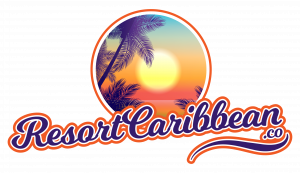
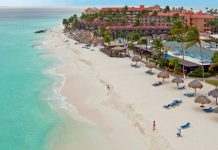
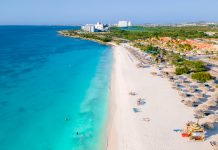

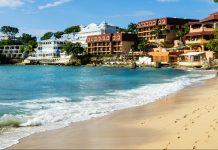
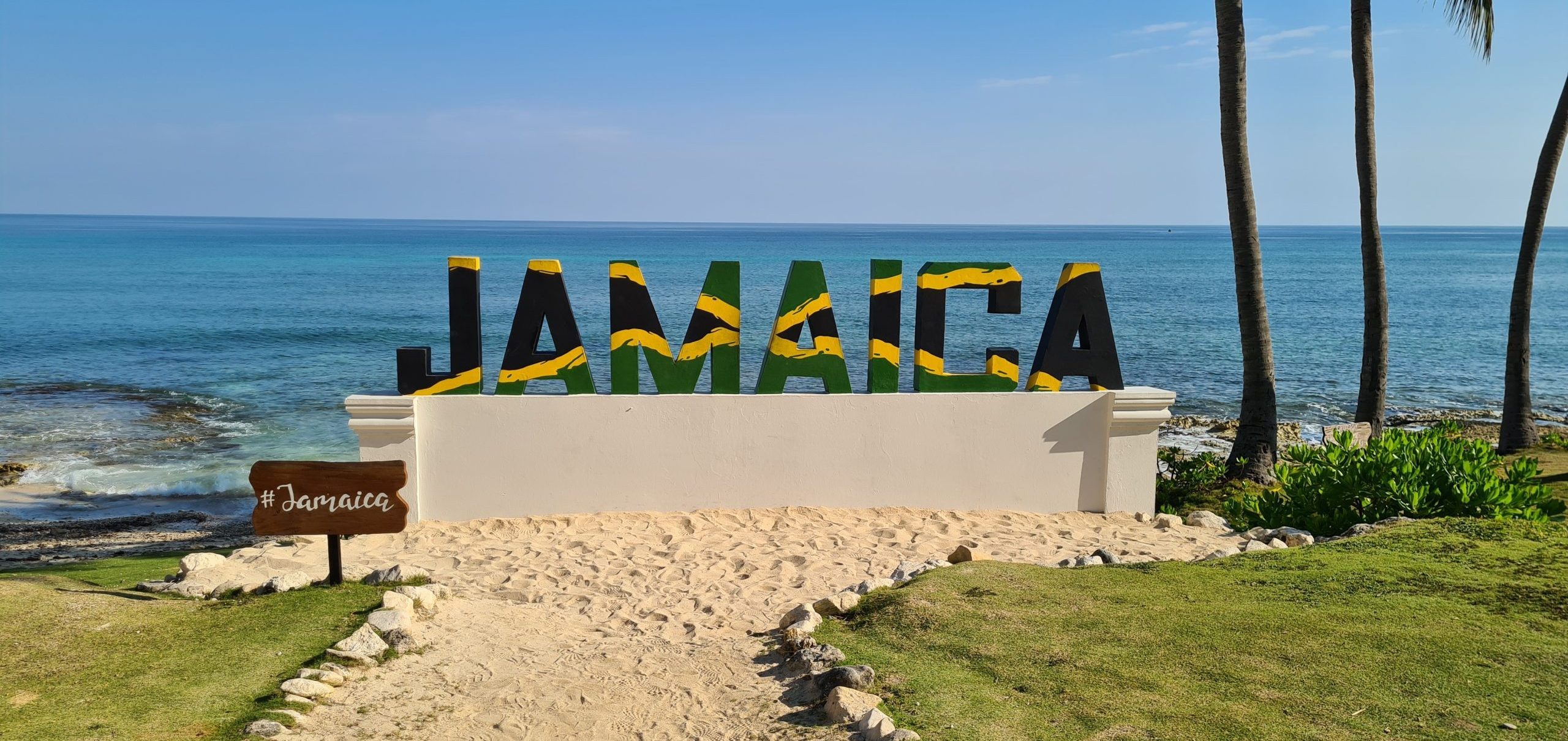

![What You Need to Know before Visiting Azul Beach Resort Negril Jamaica Gourmet All-Inclusive [Resort Review] Azul Beach Resort Pool](https://resortcaribbean.co/wp-content/uploads/2021/09/20210828_091210-2-100x70.jpg)
![Visiting Ocean Coral Spring – One of Jamaica’s Most Famous Resorts [Resort Review] Visiting Ocean Coral Spring - One of Jamaica's Most Famous Resorts](https://resortcaribbean.co/wp-content/uploads/2021/11/20211106_155809-scaled-e1716408051807-100x70.jpg)